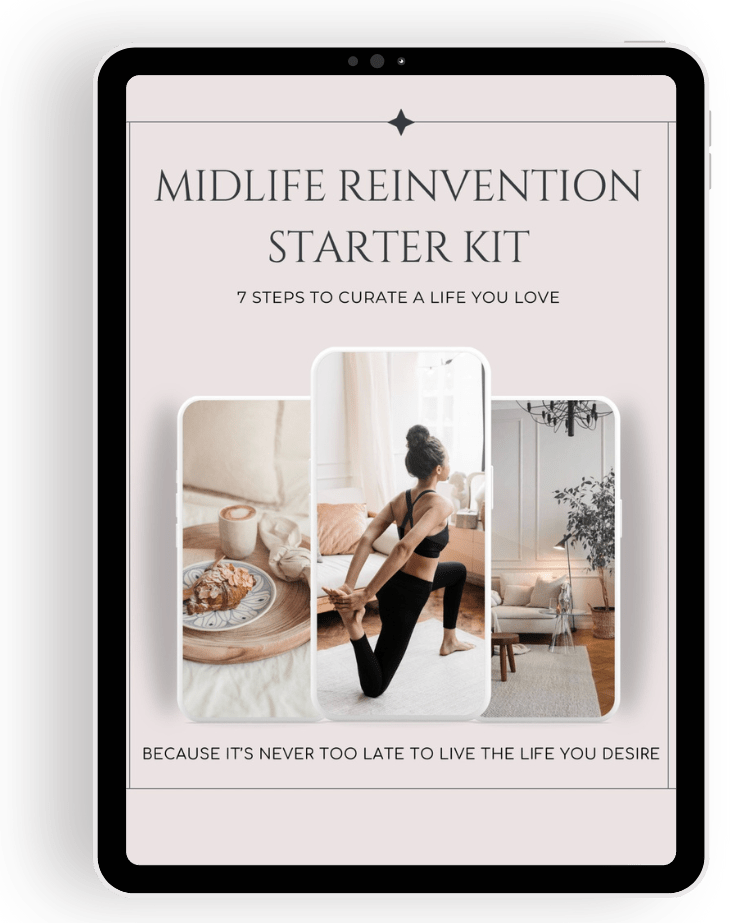If you follow me on Instagram, you may have noticed I’ve been showing off my gorgeous plants. I’ve never been good with plants, they always tended to die on me. Unfortunately, I did not inherit my parents’ green fingers.
Over the years, I’ve invested in quite a few plants and as I was determined to not only make them grow and flourish – but keep them alive, it was only fair that I upped my knowledge on how to care for them. This is when I discovered Patch Plants and their Plant Parenting Course by Alice Vincent. After completing the course, I connected with Alice on Instagram, bought her book ‘How to grow stuff’ and even got an interview with her – so keep reading!
Tell us a bit about yourself.
I’m an arts journalist for The Telegraph who runs an urban gardening Instagram account called noughticulture. I live in South East London and adore the city, but find connecting with nature a brilliant way to de-stress and relax.

What does your day-to-day life look like?
I usually get up pretty early, somewhere between 5.30 and 6 am. I’ll either go straight into the office at 7 am, where I’ll write features, commission other writers and edit pieces, or enjoy a more relaxed morning at home before heading in. If I start early, I’ll finish early and head off to somewhere like a cafe, the RHS Library or Chelsea Physic Garden to do some writing or take in some nature. I like to cycle when possible. After that, I’ll either see friends, head for dinner or see a play or a gig. A night in is a rare and wonderful treat!
When did you get into gardening?
About five or six years ago. I moved into a flat with a balcony that was blessed with a beautiful view of London and started to grow herbs on it. After that, I just got hooked.
Which gardening book left the deepest impression on you when you were starting your gardening career?
The Balcony Gardener by Isabelle Palmer. It’s a brilliant, beautiful and instructional book that shows what can be done in small spaces.
Can you share your journey to becoming a Gardening / Plant Expert / Enthusiast?
It was genuinely quite organic – I think I hit on something when other people were getting interested in it. I noticed that when I posted photographs of things I’d grown on my personal Instagram account, it got a lot of engagement, so I set up a new account to be dedicated to just plants.
That allowed me access to the kind and generous world of online gardeners and gave me the confidence to write about my adventures in urban gardening for The Telegraph. Shortly after that, I was approached to write How to Grow Stuff, and I also collaborated with Patch Plants. Meanwhile, I was connecting and reporting on trends that were shifting in urban gardening.
Tell us about your book ‘How to grow stuff’?
It does what it says on the tin! When I first started looking for gardening books they were so in-depth and all assumed I had loads of money, time and space. So I wanted to strip down gardening to its basics: growing stuff. This meant focussing on plants that I had grown on my balcony and therefore should be easy enough for other beginners too. Once you’ve gained that confidence, you can move into other aspects of gardening. Get your copy here.
What are your top 5 tips for getting started with plants and gardening?
- Work out why you’re growing first – to eat? To look at plants? To relieve stress? That will help direct you toward the right plants
- Establish what your growing space is – even if you don’t have a garden or any outdoor space, you can grow things, but making sure you know how much light you have is crucial
- Follow a few green-fingered Instagram accounts to get inspired
- The RHS website is bursting with helpful information
- Just give it a go – you’ll learn even if you kill things
Can you please tell us the importance of plants and well-being?
It’s different for everyone, but speaking personally, connecting with nature is one of the few things that actually allows me to meditate and slow down. Learning about plants and nature is like learning a language – there’s always more to understand and new ways to say things.
What has been the most exciting collaboration you’ve worked on so far?
I remember being very chuffed when Finery dropped me a line, but I’ve loved working with Patch.
Do you have any words of wisdom that you would like to pass on?
All I can say is that it’s very easy to put something off – a grand plan, a project, a book. Don’t – you’ll be so glad once you’ve got started.
Questions from readers:
Any ideas for spending less money on plants?
Get online and find other people who are up for plant swapping and trading cuttings. There are a lot of them out there on forums and social media. If you’re near a plant market, swoop by at the end of the day to see what bargains can be found and keep a keen eye on supermarkets, they can sell some very cheap plants. Also, learn to propagate – it takes longer but you’re basically making plants for free!
Top 5 indoor plants?
- Golden Pothos
- Ficus Elastica / rubber plant
- Asparagus Fern
- Maidenhair Fern
- Rhipsalis
What plants work in pots?
Most of them! It’s more important to work out what light levels you can offer them.
Do I need to replace container soil every year?
Depends on the plant. On the balcony, I tend to mulch/top up the soil with fresh compost in the larger containers. Indoors, I only re-pot those that need it.


Feel free to sign up to my Friday Morning Love Note HERE! This isn’t just a newsletter - it’s your invitation to pause, reflect, and realign with you. Every week, we’ll journey together to uncover the small, meaningful shifts that will help you design a life that feels uniquely and beautifully yours. Each week, I’ll deliver fresh intentions, uplifting tips, and simple shifts to inspire purposeful, creative living.





[…] RELATED: Interview with Alice Vincent […]
[…] RELATED: Interview with Alice Vincent […]
[…] Plant seeds and nurture them while they grow. READ: Interview with Alice Vincent […]